A set of retractable steps than enable a young girl with a spinal cord injury to transfer between her wheelchair and the floor
Rehabilitation Engineering Design Projects
as part of senior design at UNC
Motivational System to Build Upper Body Strength in Children
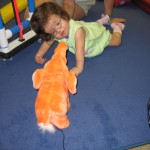
A device that provides motivational feedback when the client pushes up from a prone position. This encourages them to sustain this task, which helps develop upper body strength and posture control.
Counter Revolution: The Audible Counter
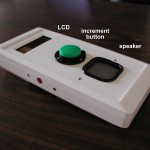
A “talking” counter that, for each press of a button, counts up by one and announces the current count. This helps employees keep track of the work that they have accomplished.
Talking Dots
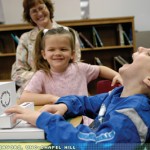
An electronic game that provides audible feedback when the client types a letter in Braille.
Walker Monitor
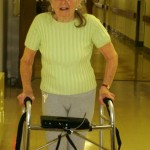
Users of rolling walkers who have Parkinson’s disease sometimes experience “freezing of gait” episodes in which a loss of balance causes serious injury when operating a walker. This device alerts the user at the onset of an episode, helping them to “break the freeze” and maintain their balance.
Trace Aid
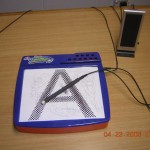
Tracing is an important skill that is a precursor to learning handwriting. This device to encourages children with autism to practice tracing, by providing musical feedback when they are tracing properly.
Karaoke Trainer
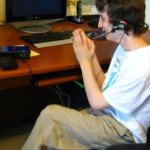
A device to simulate music therapy sessions so that the client can practice vocalizing independently. It plays a song only when the client sings along.
Custom Tricycle Braking System

A custom braking system that allows a client with cerebral palsy to activate her tricycle brakes independently. She does this by rotating a braking bar that is attached to her handlebars.

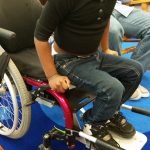
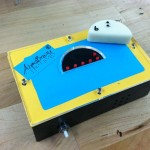
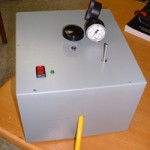
University Operator: (919) 962-2211 | © 2024 The University of North Carolina at Chapel Hill |